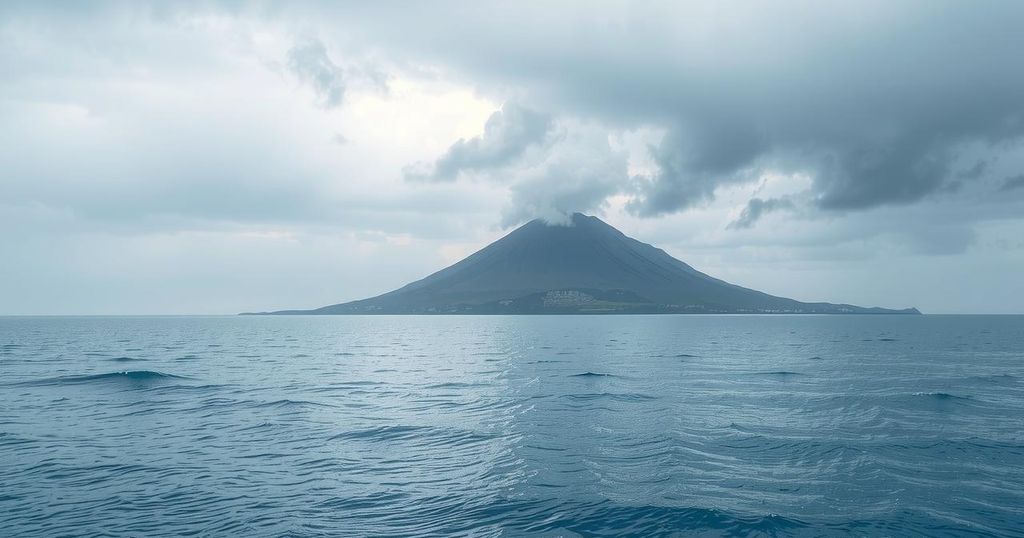Turkish Authorities Alert On Possible Volcanic Activity Due To Aegean Earthquakes

Türkiye’s AFAD and MTA report over 900 earthquakes near Santorini, raising concerns about possible volcanic activity. The Kolumbo volcano is of particular interest, with historical context indicating past eruptions and tsunami risk. Monitoring is ongoing, and the public is encouraged to trust official sources of information.
The Disaster and Emergency Management Authority of Türkiye (AFAD) and the Mineral Research and Exploration General Directorate (MTA) have reported ongoing seismic activity in the Aegean Sea with potential implications for volcanic activity. As detailed in their preliminary assessment, over 900 earthquakes have been detected near Santorini Island, escalating since January 28. The strongest quake recorded at 5.1 magnitudes occurred primarily in the vicinity of the Kolumbo volcano, situated northeast of Santorini and varying in depth from 5 to 25 kilometers.
The report emphasizes that the region around Santorini is a historically active volcanic area, last erupting in 1950, which previously triggered a tsunami that impacted the Turkish coast. The presence of continuous seismic activity and tectonic movements necessitates careful observation for potential volcanic eruptions, although similar seismic swarms in 2011-2012 did not lead to volcanic activity.
Within the South Aegean Volcanic Arc, several volcanoes, such as Milos and Nisyros, have been active in the last 10,000 years. The Santorini earthquakes are linked to the Aegean Subduction Zone, where the African Plate descends beneath the Aegean-Anatolian Plate. The earthquakes are concentrated at shallow depths, with no significant deeper seismic events accompanying them.
AFAD and Turkish scientists are closely monitoring seismic trends and advise the public to disregard unverified social media commentary concerning these activities. Official channels provide the most reliable information about ongoing developments.
The Aegean Sea’s geological landscape is characterized by active tectonic movements and volcanic activity due to the convergence of the Aegean-Anatolian Plate and the African Plate. The Santorini region, along with other parts of the South Aegean Volcanic Arc, has a history of significant seismic and volcanic activity. Understanding the behavior of these geological features is crucial for assessing risks associated with potential eruptions and seismic hazards, especially in neighboring regions like Türkiye.
Continued seismic activity in the Aegean Sea raises concerns about possible volcanic eruptions, particularly around Santorini. The historical context shows that these events need to be closely monitored, even though not all seismic swarms lead to eruptions. The public is urged to rely on official statements for reliable information regarding geological events in the region.
Original Source: www.hurriyetdailynews.com






